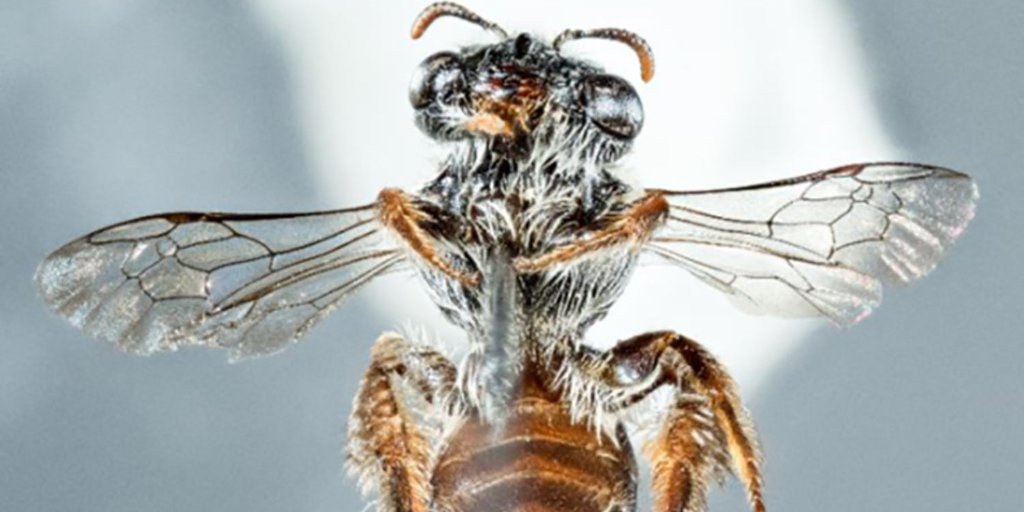A new and unusual species of bee was recently discovered in bushland in Perth, Western Australia. It has a wide dog-like snout, and this canine protrusion led scientists to name the species Leioproctus zephyr. It was named after the study author’s pet dog Zephyr.
The New Bee Was Named Zephyr

The newly discovered bee species belongs to the genus Leioproctus, which consists of over 300 species of bees across temperate South America and Australasia. According to scientists Leioproctus zephyr is not very well distributed and can only be found in seven locations across Western Australia. The new research paper goes on to describe the intensely picky eating habits of the newly discovered species of bee, pointing out it would forage only on a few species of flowering Jacksonia shrubs.
A specimen of Leioproctus zephyr was collected with a small net bag called an entomological sweep net. This was done when scientists studied the native bee populations of bushland and residential areas surrounding urbanized Western Australia. According to scientists, they noticed the unusual appearance of the bee thanks to its protruding snout. Later, they found that the species was not yet scientifically described but was first collected in 1979.
Leioproctus Zephyr Is a Different Kind of Bee

Leioproctus Zephyr is distinct from all other species of its genus. For one, both the male and the female of Leioproctus zephyr have a large medial ridge going down the center of the shield-shaped front of the bee’s head called the clypeus. It protrudes prominently on the upper half, and despite this comparatively enormous protruding snout, the bee is tiny, with an average body length of 0.24 to 0.27 inches.
While the species has only just received a formal identification despite having identifiable features, scientists assume the populations in the area aren’t abundant. This is probably due to the restricted distribution of 15.4 square miles and the limited dietary options. According to the leader of the research, this represents a concern for the conservation of the species because of the ongoing urbanization of the areas the bee inhabits.